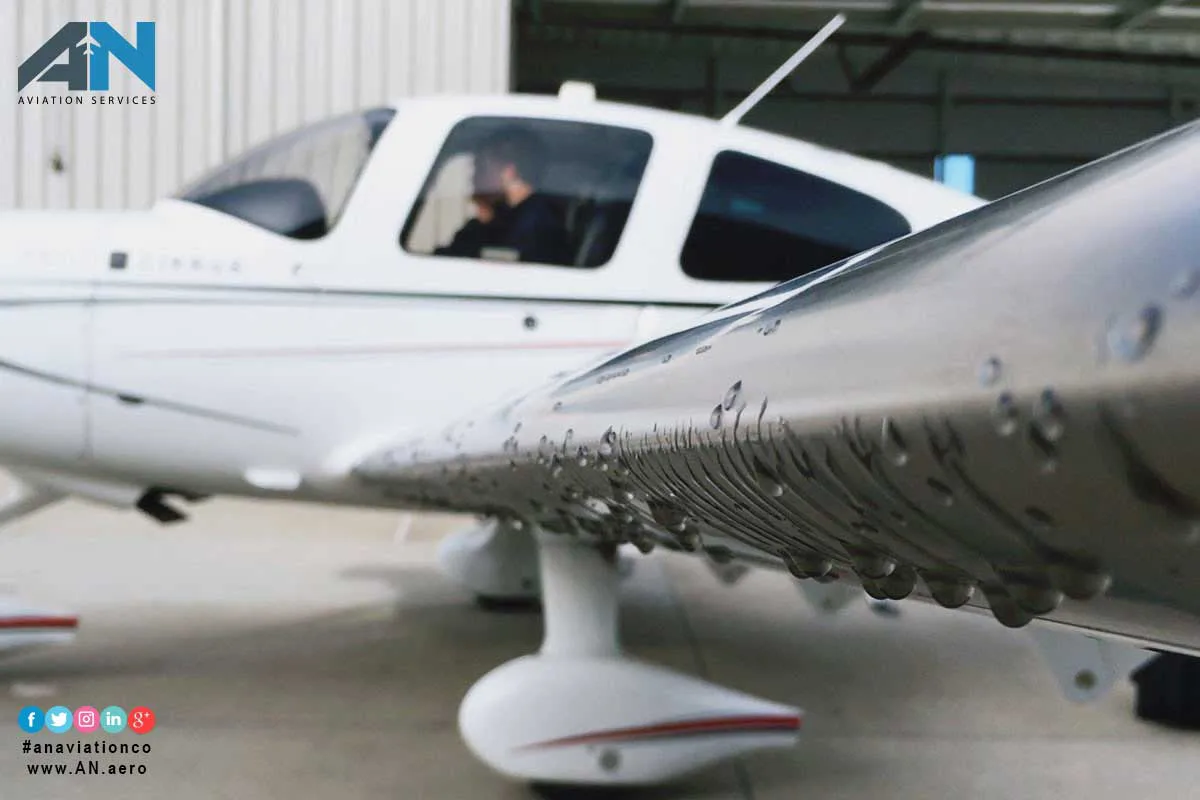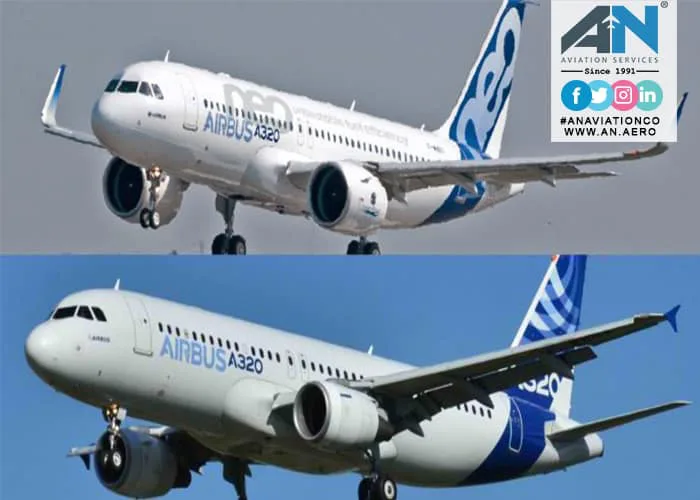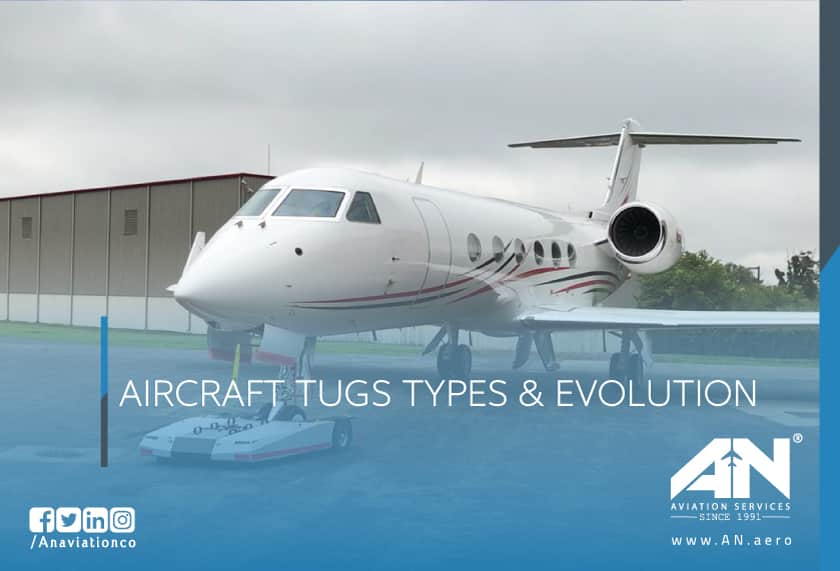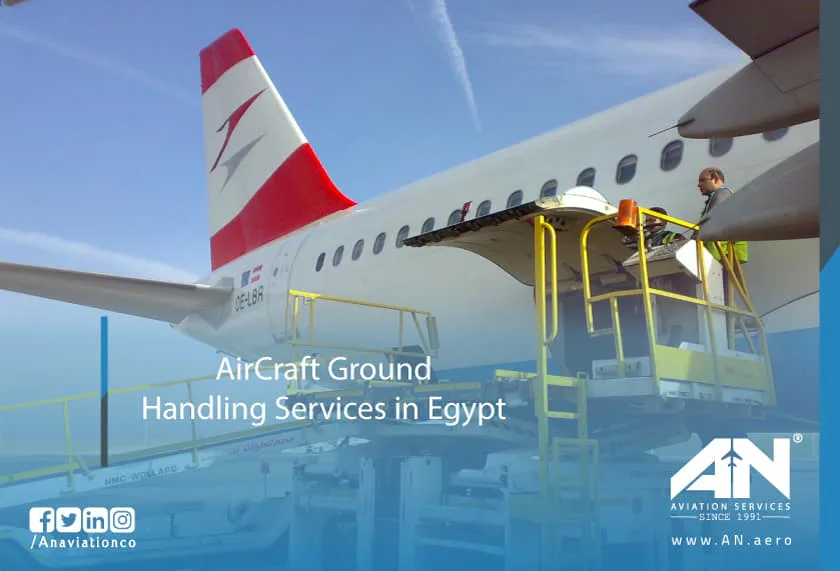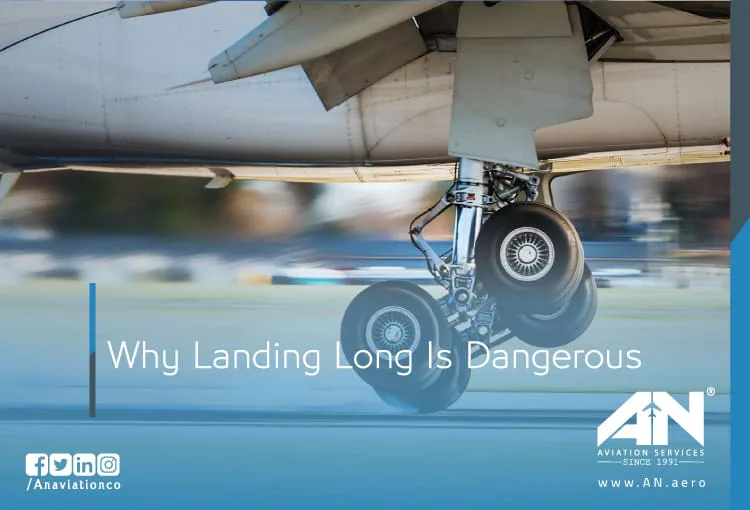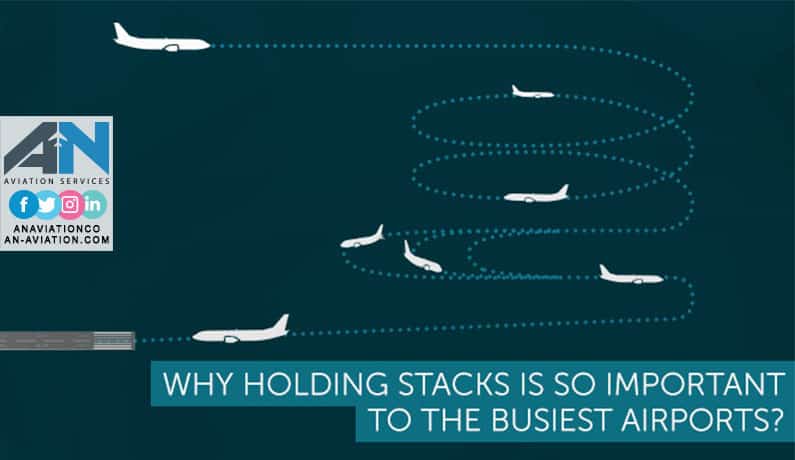
Staying connected while flying at 35,000 feet used to be a distant dream, but in flight WiFi has changed the game. Now, passengers can browse the web, send emails, stream content, or even attend virtual meetings while cruising through the clouds. But have you ever wondered how this technology works? How can an airplane maintain a WiFi network while traveling at hundreds of miles per hour?
Let’s break it down. In this blog, we’ll explore the fascinating technology behind onboard WiFi, how airlines provide internet service, and why not all flights offer free in-flight WiFi just yet.
The Basics of In-Flight WiFi
In-flight WiFi is essentially a service that allows passengers to connect to the internet while the aircraft is in the air. This is made possible through two main technologies: satellite-based systems and air-to-ground systems.
- Satellite-Based WiFi: In this system, the aircraft connects to satellites orbiting Earth to receive and transmit data. The satellite acts as a relay between the plane and ground-based servers, enabling passengers to access the internet.
- Air-to-Ground WiFi: This older technology uses ground-based cell towers to create a network that aircraft connect to during flight. However, this system has limitations, such as being unavailable over oceans or remote areas.
Modern aircraft increasingly rely on satellite-based systems due to their global coverage and ability to provide a more reliable WiFi network, even during international flights.
How Does Satellite-Based In-Flight WiFi Work?
The satellite-based system involves a few key steps:
Antennas on the Aircraft:
The airplane is equipped with specialized antennas, usually mounted on its fuselage. These antennas communicate with satellites in orbit, establishing a two-way connection to transfer data.
Satellite Communication:
The data is sent from the plane’s antennas to satellites positioned in geostationary orbit (about 22,000 miles above Earth) or low Earth orbit (closer to the planet). These satellites relay the data to ground stations, which are connected to the global internet network.
Back to the Aircraft:
Once the ground station processes the data, it sends it back through the satellite to the aircraft. This system enables passengers to browse the web or send messages in real-time, albeit with a slight delay due to the long distances the data must travel.
How Do Airlines Offer Onboard WiFi?
Airlines partner with internet service providers like Gogo, Viasat, or Inmarsat to deliver WiFi to their passengers. These providers manage the complex network of satellites, ground stations, and onboard equipment needed to maintain a stable connection.
While most airlines offer in-flight WiFi, the level of service varies. Some airlines allow passengers to access free WiFi for basic tasks like messaging, while others charge a fee for full internet access. For instance, carriers like Delta and JetBlue are known for their free onboard WiFi, while others offer paid plans depending on flight duration or bandwidth usage.
Why Is In-Flight WiFi Often Slow?
Many passengers have experienced frustration with slow or unreliable onboard WiFi, and there are several reasons for this:
- Bandwidth Limitations: The total bandwidth available to an aircraft is shared among all passengers using the WiFi. If too many people are streaming videos or downloading files, the speed slows down for everyone.
- Data Transmission Delays: Since satellite-based WiFi relies on transmitting data across vast distances, there’s often a slight delay (latency), especially when multiple connections are being processed simultaneously.
- Aircraft Location: WiFi performance can vary depending on the plane’s location. For example, flights over oceans or remote regions may experience weaker signals due to limited satellite coverage.
Despite these challenges, advancements in technology are improving WiFi quality. Airlines are investing in next-generation systems that promise faster speeds, lower latency, and greater reliability.
How to Use In-Flight WiFi?
Connecting to in-flight WiFi is usually straightforward. Once the aircraft reaches cruising altitude and the crew announces that it’s safe to switch off airplane mode (but keep WiFi enabled), passengers can follow these steps:
- Open your device’s WiFi settings and connect to the airline’s network (e.g., “Delta WiFi” or “United WiFi”).
- Open a browser, which will redirect you to the airline’s WiFi portal.
- Select your preferred internet plan—some airlines offer free WiFi for messaging apps, while others provide paid options for full web access.
Passengers can then use the internet as they would on the ground, although it’s worth noting that data-intensive tasks like streaming may be slower.
Why Don’t All Airlines Offer Free In-Flight WiFi?
While the idea of free in-flight WiFi sounds appealing, it’s not yet a standard offering across the industry due to the high costs involved. Installing and maintaining the necessary equipment, leasing satellite bandwidth, and managing the network infrastructure are all expensive undertakings.
Airlines must balance these costs with passenger expectations and revenue generation. Some carriers have opted to provide free WiFi as a perk to attract more customers, while others use a pay-per-use model to offset the costs.
As technology advances and costs decrease, more airlines may adopt free onboard WiFi as a standard feature.
The Future of In-Flight WiFi
The future of in-flight WiFi looks promising, with ongoing technological advancements making it faster, more reliable, and more accessible. For instance:
- Low Earth Orbit Satellites: Companies like SpaceX are deploying constellations of low Earth orbit satellites, which offer lower latency and faster speeds than traditional satellites.
- 5G Integration: As 5G networks expand globally, their integration with satellite systems could revolutionize in-flight WiFi, providing passengers with ground-level internet speeds.
- Enhanced Connectivity: New technologies will allow airlines to handle more users simultaneously, reducing bandwidth issues and improving the overall user experience.
These developments could make free WiFi a more viable option for airlines, creating a new era of connectivity in the skies.
Conclusion
In-flight WiFi is a remarkable technological achievement, connecting passengers to the digital world even while soaring thousands of feet above it. Whether you’re checking emails, messaging loved ones, or simply browsing the web, onboard WiFi has become an integral part of modern air travel.
While challenges like speed and cost remain, ongoing innovations are paving the way for a future where free WiFi is the norm, and passengers can enjoy seamless connectivity on every flight. Until then, understanding how this technology works—and why it’s sometimes limited—can help set realistic expectations the next time you connect to a WiFi network mid-flight.
So, the next time you’re enjoying in-flight WiFi, take a moment to appreciate the complex technology that makes it all possible, bridging the gap between the skies and the internet.





